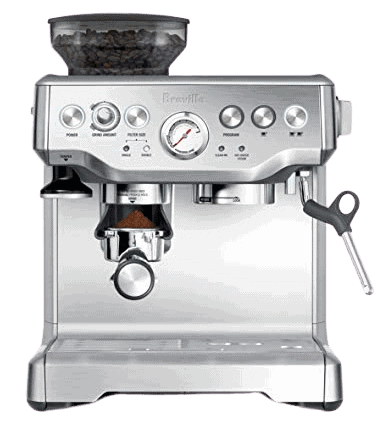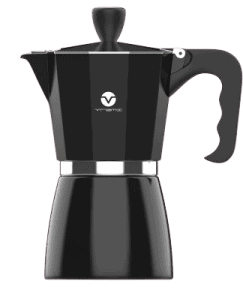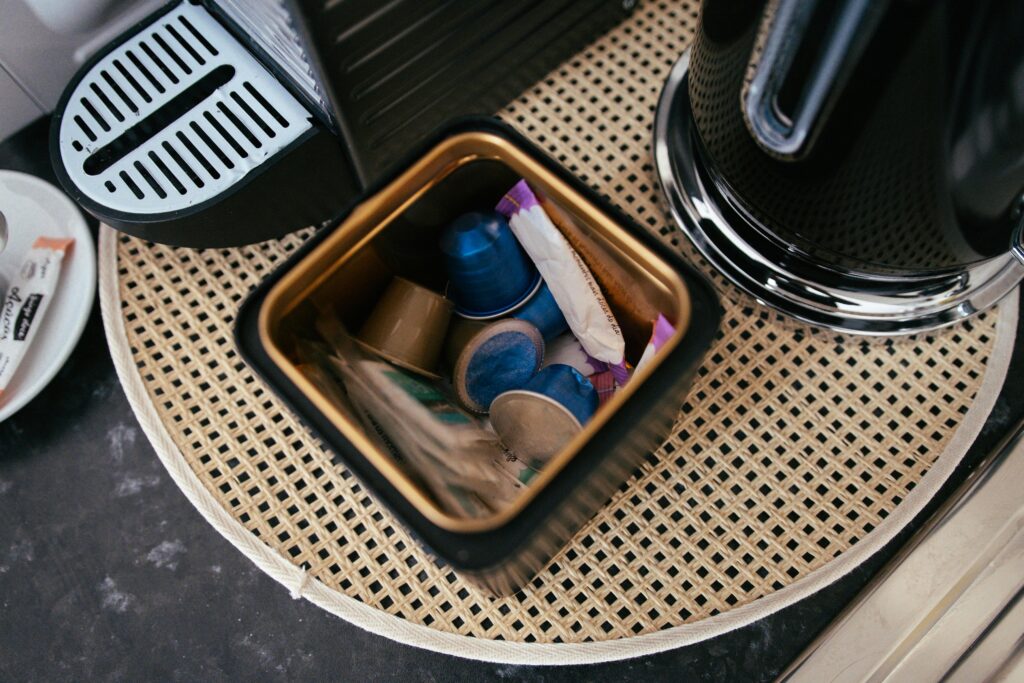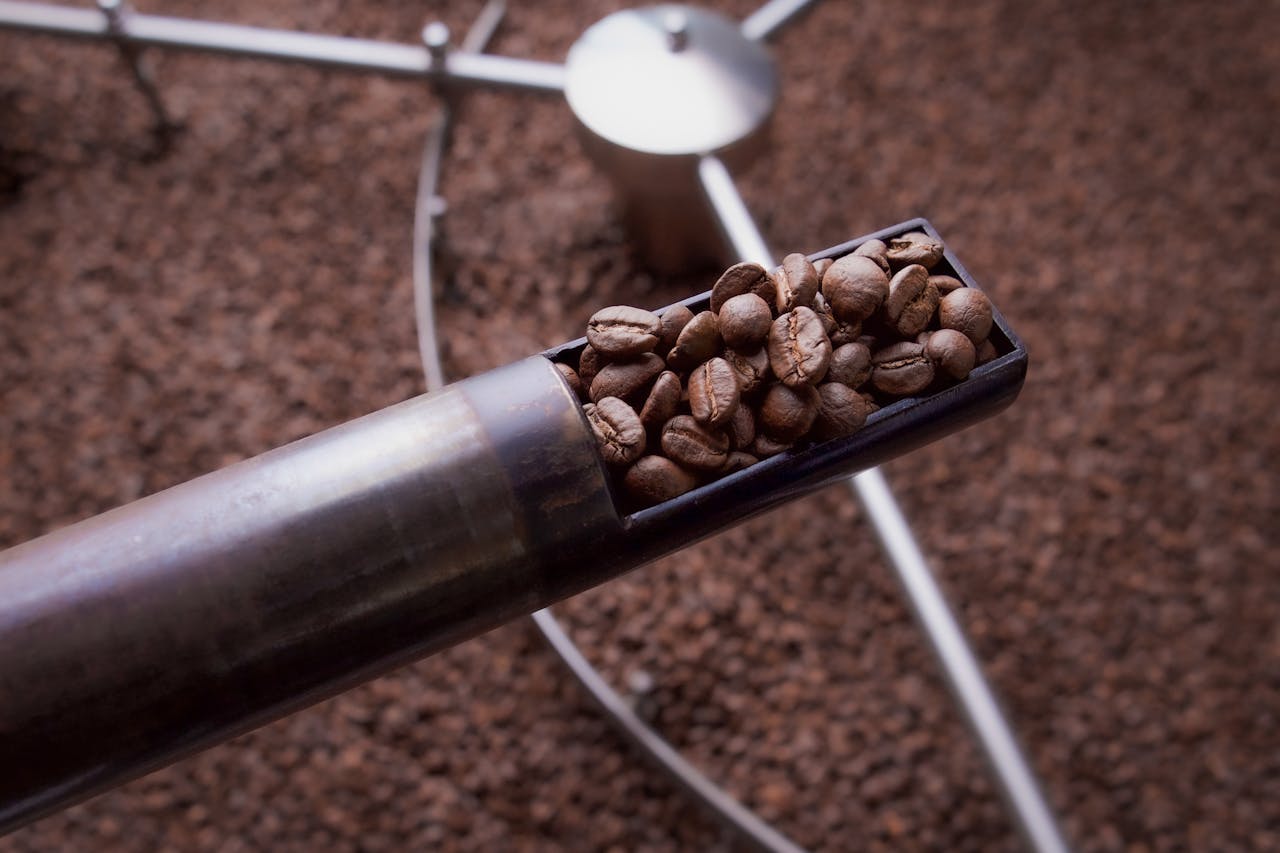Pressure-based brewing methods—where things get a bit more technical. Unlike immersion or drip, these techniques harness pressure to force water through coffee grounds quickly, leading to a more concentrated and intense result. From the humble Moka pot to the precision of a high-end espresso machine, pressure brewing is all about control, extraction efficiency, and achieving a rich crema-topped cup.
1. Espresso machine

Espresso Machines: Precision Brewing for the Devoted Coffee Enthusiast
Espresso machines are the crown jewel of at-home coffee brewing. While they may carry a steeper learning curve—and price tag—they’re the tool of choice for anyone serious about pulling a proper espresso shot. A good espresso machine doesn’t just brew coffee; it unlocks the depth, nuance, and complexity that only high-pressure extraction can reveal.
Advantages:
- Produces bright, clean-tasting coffee
- Ideal for single-cup brewing
- Low-cost and compact
Disadvantages:
- Requires paper filters (which may affect taste)
- Not ideal for brewing multiple cups at once
- Slightly more hands-on than drip or pod systems
2. Moka Pot

Moka Pot: Classic Stovetop Brewing with Italian Flair
The Moka pot—sometimes called a stovetop espresso maker—offers a strong, concentrated coffee that’s full of body and aroma. While it doesn’t achieve true espresso pressure, it delivers a bold, almost espresso-like profile that’s ideal for those who enjoy their coffee intense and flavorful.
Advantages:
- Affordable, durable, and easy to use
- Brews a strong, rich cup quickly
- Ideal for travel or compact kitchens
Disadvantages:
- Requires stovetop or heat source
- Less pressure than a true espresso machine
- Can produce bitter flavors if over-extracted
3. AeroPress

AeroPress: Versatility in the Palm of Your Hand
The AeroPress is the darling of the manual brewing world. Portable, affordable, and endlessly customizable, it’s capable of producing everything from clean, filter-style cups to espresso-style concentrates. It’s no surprise that it has its own worldwide brewing competition.
Advantages:
- Exceptionally portable and compact
- Brews a smooth, low-acidity cup
- Incredibly fast (1–2 minutes)
- Easy to clean and maintain
- Compatible with travel and camping
Disadvantages:
- Requires proprietary paper filters (or third-party alternatives)
- Limited batch size—1 to 2 cups per press
- Learning curve for advanced recipes
4. Single-Serve Pod Machines

Single-Serve Pod Machines: The Epitome of Convenience
Single-serve pod machines—think Keurig or Nespresso—are ideal for those prioritizing speed, simplicity, and minimal cleanup. With just a press of a button, you can brew a hot cup of coffee in under two minutes. But as with many conveniences, the trade-off is control and complexity of flavor.
Advantages:
- Extremely fast and easy
- Virtually no cleanup
- Ideal for single servings
Disadvantages:
- Limited flavor complexity
- Pods can be expensive and generate waste
- Minimal control over brewing variables
- Regular descaling required for longevity


